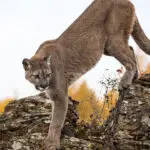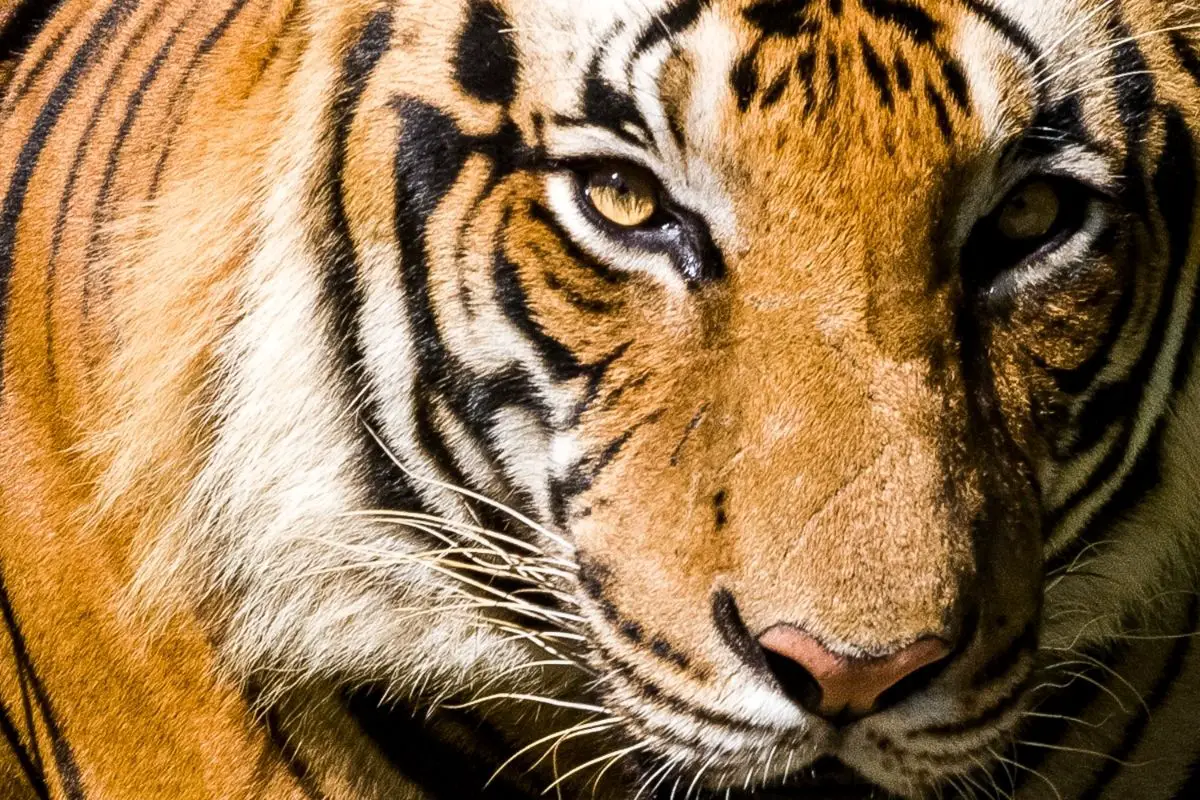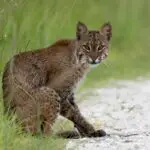For amateur hunters, mountain lion hunting can be overcome with anxiety, fear, confusion, and doubt. It’s one of the most daunting game animals to pursue, but that doesn’t mean it’s impossible with the right amount of patience and knowledge.
In this guide, we’ll cover all you need to know for a successful mountain lion hunt in Utah.
First, we’ll focus on the hunting seasons in Utah and the regulations you must follow. We’ll then move onto tips for finding and hunting mountain lions, essential hunting gear and equipment, various tracking and calling techniques, and the rules and restrictions. Sound like a plan? Then let’s get started!
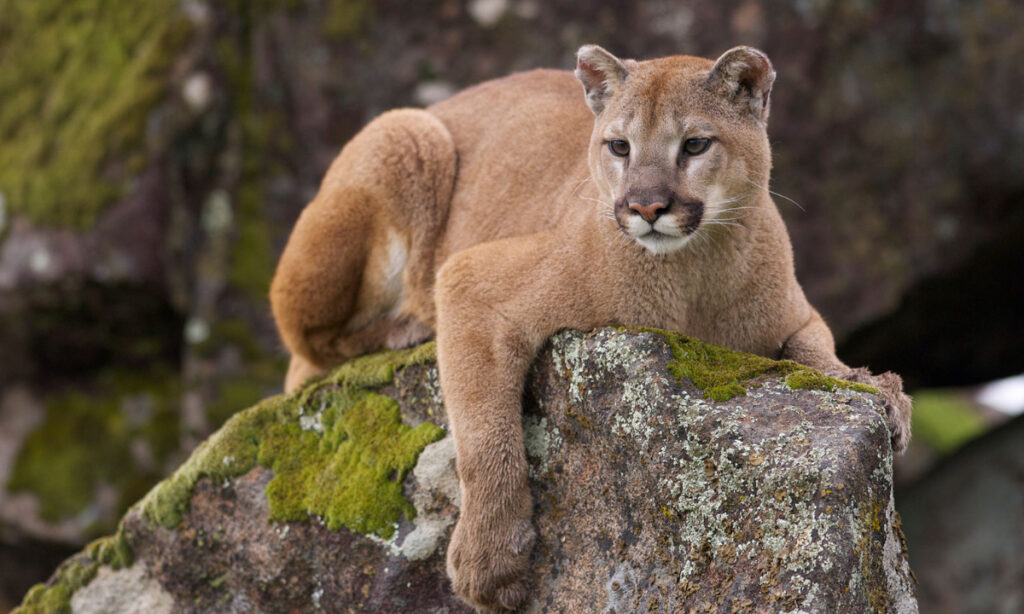
Utah Mountain Lion Hunting Seasons and Regulations
The Utah Department of Wildlife Resources seasonally regulates mountain lion hunting. It’s important to know the current regulations to ensure you’re in compliance with state law.
Moreover, hunting season dates vary depending on the region and units, so be sure to check these dates to plan your hunt accordingly.
The state wide season for mountain lion hunting in Utah is November 15 through the end of March. Unit-level seasons are open from December 1 through the end of February.
However, specific dates may vary from one hunting unit to another. Similarly, hunting hours and bag limits are subject to change, so make sure to check current regulations when planning your hunt.
You’ll need a valid Utah hunting license and a variety of completed applications before you hunt. Your license must include an expiry date, and along with your applications, you’ll be required to submit a variety of supporting documents such as valid proof of identity.
Tips for Finding and Hunting Mountain Lions in Utah
Before you go mountain lion hunting, you must know the essential tips that will help make the hunt a success.
First, plan the hunt in advance. Having a solid plan will increase your chances of finding a mountain lion and make the process easier.
When scouting for mountain lions, look for sign along ridges, waterways, walls, rock slides, and spurs. Try to look for bare patches of soil, tracks in the dust, toe slides or curved scratches in the snow, scat, and fresh kill.
Next, familiarize the terrain and the area around it. Travel light and with little noise. This will help you to move more stealthily, helping you locate your target easier.
Whenever you plan to take a shot, make sure to have a plan of escape. Mountain lions have sharp senses, so avoid scent trails as much as possible and stay aware of nearby cover for a quick escape.
Also, remember that mountain lions are difficult prey and require a skilled hunter, so practice hunting often and stay familiar with local prey.
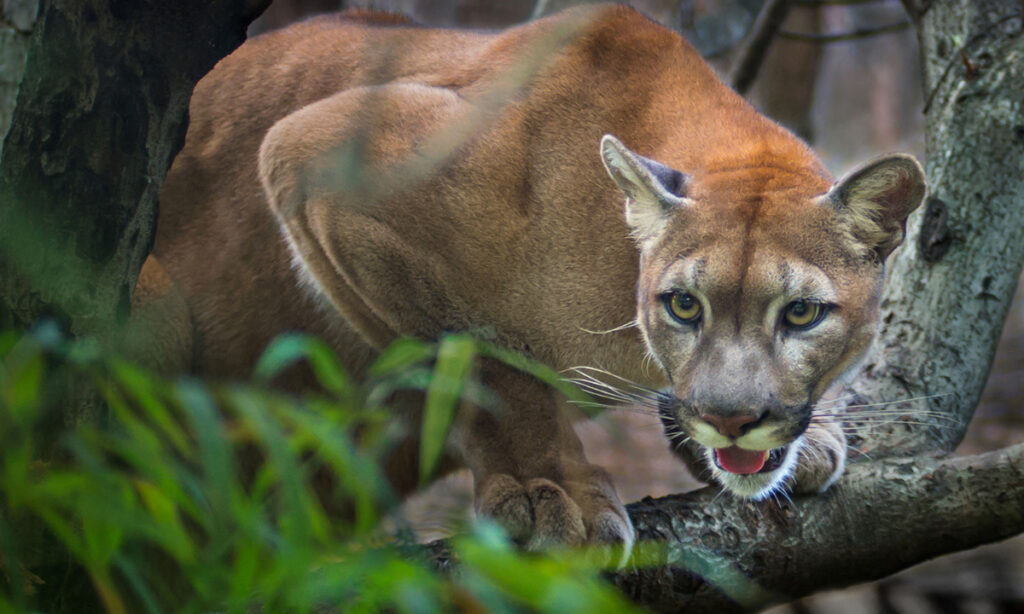
Hunting Gear and Equipment for Utah Mountain Lion Hunts
For a successful mountain lion hunt, you need the right equipment to increase your chances of victory.
A good rifle should be lightweight and fire a calibre powerful enough to take down the mountain lion. Keep in mind that you’ll likely be carrying the rifle throughout your hunt, so try to find a model that fits your needs and is comfortable for you to carry.
You’ll need a high-grade scope and a decent set of binoculars to spot potential targets from a distance and inspect the terrain without acquiring too much noise.
You may also want to consider purchasing a flashlight with a red light filter to help you spot mountain lions at night. The red light will help you to see better while also keeping the animal in the dark.
It’s also a good idea to bring a first aid kit, a GPS tracking device and a communication device to quickly reach help in the event of an accident.
Tracking and Calling Techniques for Utah Mountain Lions
For experienced hunters, tracking and calling mountain lions can increase the chances of a successful hunt.
If you plan to track a mountain lion, check the local landforms and open fields for potential prey and game trails. Step quietly as you follow the potential trail, and look for tracks, footprints, scat, and sign.
When calling for a mountain lion, use a lion-specific call. Make sure to cover a wide space, and call in frequent, short bursts for maximum effect. If you’re successful, you can use the call to lure a mountain lion in close range.
Conclusion
Mountain lion hunting in Utah requires careful planning, preparation and dedication. Make sure to follow the hunting regulations, pack the right gear, and familiarize yourself with the landforms for a successful hunt. We hope this guide provides you with the necessary information to take on this challenging pursuit.
Good luck, and happy hunting!
FAQs
Q: What types of gear and equipment do I need for a successful mountain lion hunt in Utah?
A: A good rifle, a high-grade scope, binoculars, a flashlight with a red light filter, a first aid kit, a GPS tracking device, and a communication device are all necessary items for hunting mountain lions in Utah.
Q: What is the hunting season for mountain lions in Utah?
A: The state wide season for mountain lion hunting in Utah is November 15 through the end of March. Unit-level seasons are open from December 1 through the end of February. However, specific dates may vary from one hunting unit to another.
Q: What type of call should I use to lure mountain lions?
A: You should use a lion-specific call when tracking and calling mountain lions in Utah. Make sure to cover a wide space, and call in frequent, short bursts for maximum effect.
Q: What kind of permit do I need to hunt mountain lions in Utah?
A: You’ll need a valid Utah hunting license and a variety of completed applications before you hunt. Your license must include an expiry date, and along with your applications, you’ll be required to submit a variety of supporting documents such as valid proof of identity.
- Sink Your Teeth Into This: Analyzing the Powerful Lion Bite Force - September 8, 2023
- Siberian Tigers: Everything You Need To Know - September 4, 2023
- Do Lions Eat Humans? Understanding Lion Aggression and Risks - September 4, 2023




